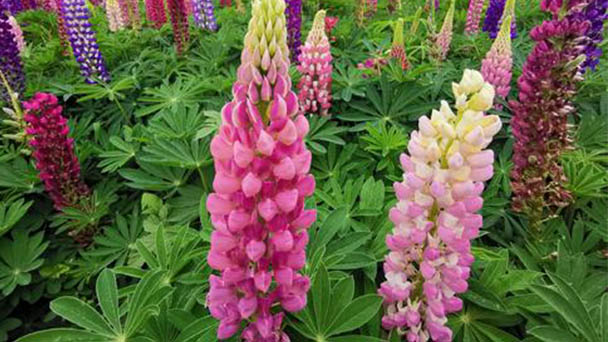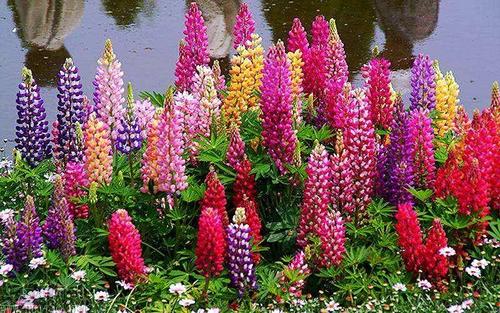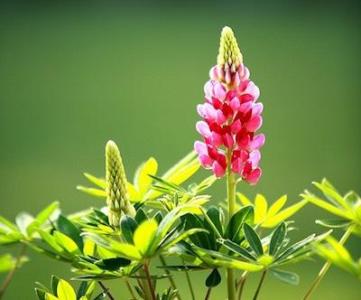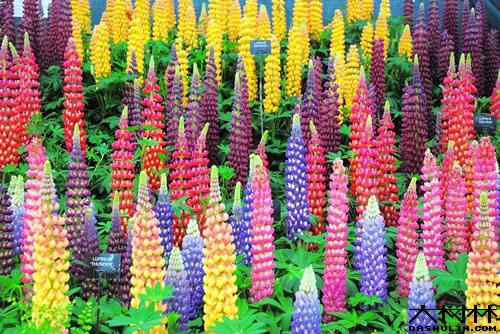Propagation and Care for Lupinus micranthus Guss
Written by Maggie
Jan 12 2021

In the propagation process of Lupinus Micranthus Guss, the mixed acidic matrix of rotten bark, pine needle and sand can be selected as the culture soil, which should be kept in a cool place in summer and not kept outdoors for long-term maintenance in winter. The matrix should be kept moist frequently during watering, gradually controlled watering in winter, and the prevention of diseases and insects should be done well.
Lupinus Micranthus Guss picture

Methods of farming Lupinus Micranthus Guss
1. Matrix requirements
The growth of lupinus micranthus guss has high requirements on the substrate. It is better to select acidic soil with a deep soil layer and good drainage, and appropriate mixed soil of pine needle soil, rotten bark and sandy soil can be selected as culture soil. When the plants are planted, they should be thoroughly disinfected, and some small gravel should be put on the bottom of the basin to facilitate the growth of the root system.
2. Environmental management
Lupinus micranthus Guss likes to grow in the cool and sunny environment, strong cold resistance. So in the summer, it should be as far as possible put in the semi-shade ventilated place. In winter, when the temperature is 0 ℃ or so, it can grow normally, but not suitable for placing outdoors for a long time. During flowering time, we should give it enough light every day to make flower bud differentiation.
3. Water management
Water management is one of the breeding methods and precautions of Lupinus Micranthus Guss. Water should be watered mainly by rainwater or river water during the growth period, and direct tap water should be avoided, otherwise root rot is likely to occur. Water should be adequately watered in spring, summer and autumn. Keeping the humidity of basin soil at 70% is the best, and watering should be gradually controlled in winter.
4. Fertilizer management
Lupinus Micranthus Guss prefers to grow in an acidic matrix. During the growth period, fertilization is mainly based on urea or mature farm manure. Before fertilization, secondary dilution should be carried out to promote the absorption of roots.

Care for Lupinus Micranthus Guss
Lupinus micranthus Guss common diseases and insect pests are mainly leaf spot, powdery mildew, rust, etc. At the time of onset of leaves and stems cadres, there will be some black spots, resulting in plants wither. In spring and summer, it is better to strengthen ventilated, cut off the branches of the yellow and the onset of, with corresponding chlorothalonil or farmers wettable powder spraying prevention.

Latest Updated
- Benefits of Bugleweed - 7 Science-backed Health Benefits
- Bugleweed Dangers & Side Effects - Is It Poisonous?
- How to Plant Evergreen Trees - What You Should Know
- When to Plant Evergreens - Grow Guide for Evergreen Trees
- 12 Wonderful Evergreen Shrubs for Your Garden
- 12 Popular Evergreen Plants with Pictures for Beginners
- When And How To Prune A Lilac Bush Like a Pro
- How to Grow & Care for Lilac Vine (Hardenbergia Violacea)
- Japanese Lilac Tree (Syringa Reticulata) Care & Propagation Guide
- Shumard Oak Pros and Cons - What to Know
Popular Articles
- Winter maintenance of Antirrhinum Majus
- How to Grow Terminalia Mantaly Tree
- How to Grow and Care for Crossostephium Chinense
- How to grow Antirrhinum Majus in spring
- Peristeria Elata (Dove Orchid) Profile: Info & Care Guide
- Underwatered Snake Plant (Sansevieria Trifasciata) - Signs And How To Fix
- How to Care for Brazilian Jasmine Plant (Mandevilla Sanderi)
- How to Grow & Care for Graptopetalum Purple Delight in Summer
- Rosa Chinensis (China Rose): Plant Growing & Care Tips
- How to Care for Baby Sun Rose (Aptenia Cordifolia)